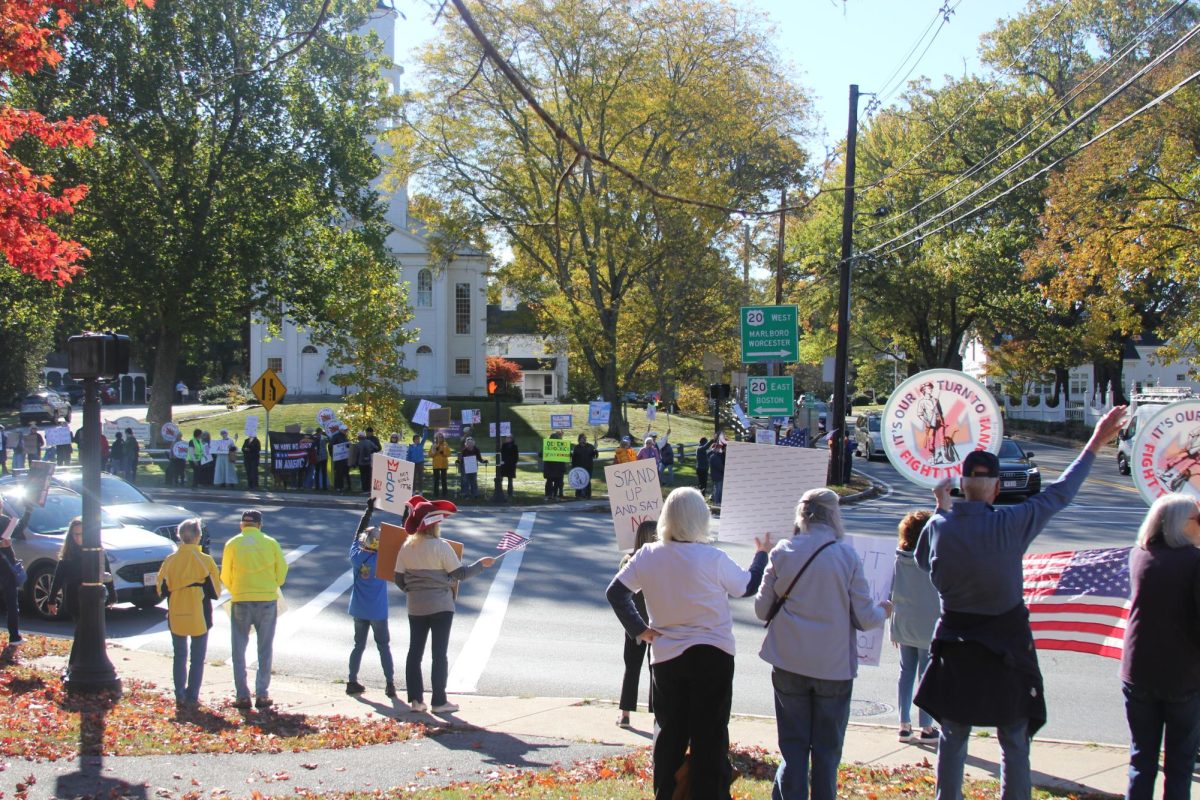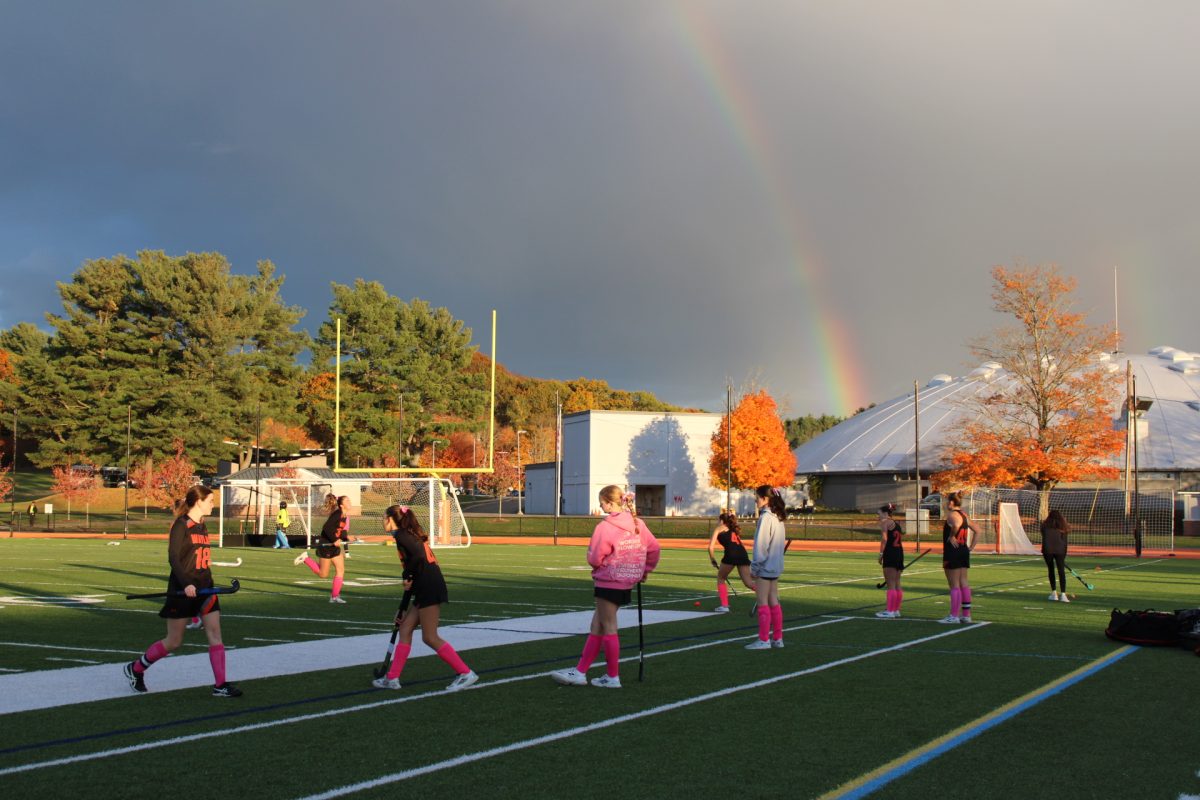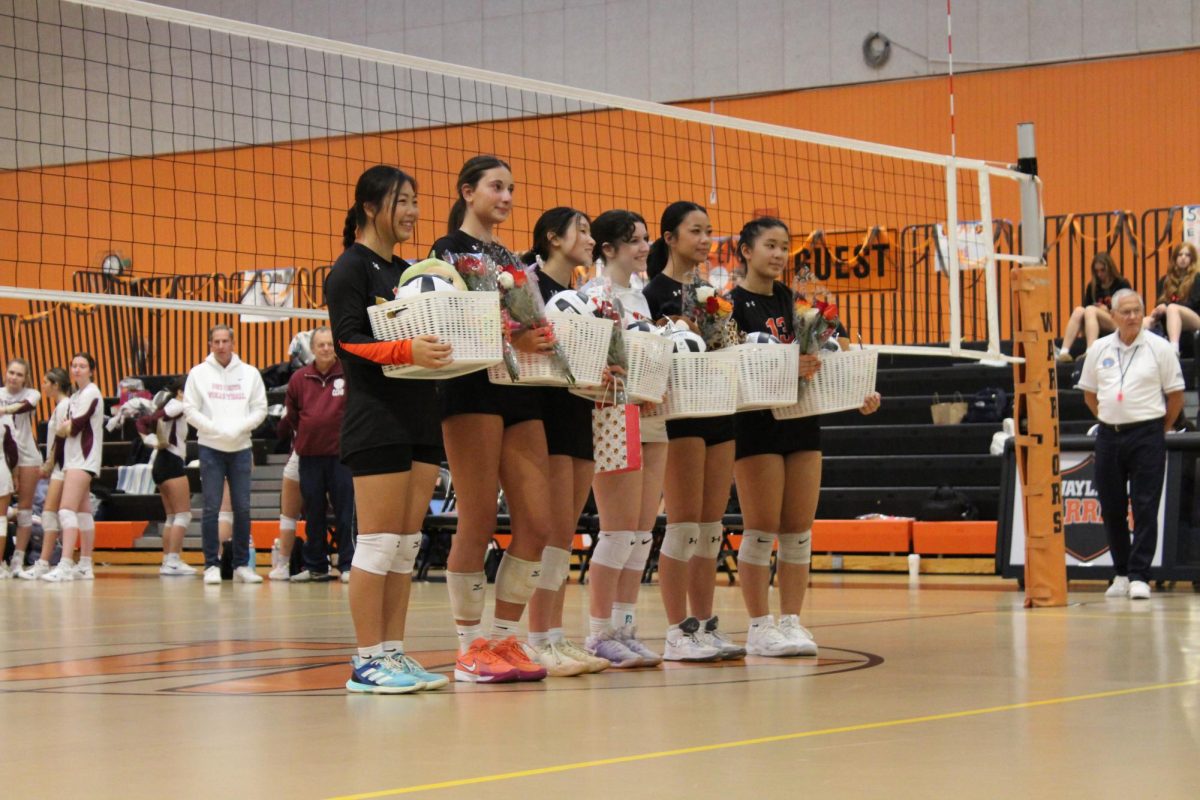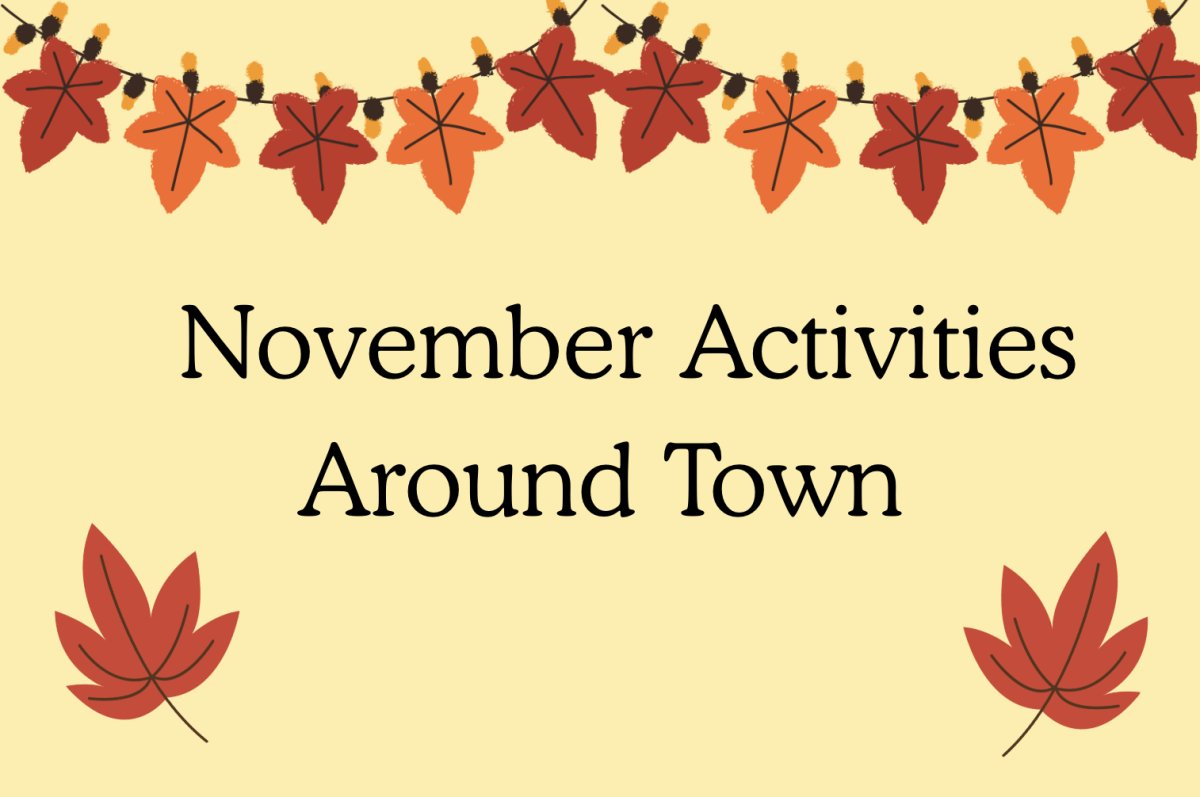Opinion: For the Monster
October 2, 2017
A new invasive species has been introduced to Wayland, Mass. “Stop the Monster” signs have grown like weeds in what feels like every yard in town.
What is “the Monster?” It’s an apartment complex of affordable housing. I know, the audacity….
Because the new apartments would be classified under affordable housing, people with an income below Wayland residents’ median income would be able to pay for the housing. I believe that more affordable housing could enhance Wayland as a community.
Wayland schools are some of the best in the country, and affordable housing would provide a wider range of students with the opportunity to attend good schools.
Not only would the introduction of affordable housing offer opportunities to more people, it would also improve the experience of those who already live in Wayland. I consider myself a minority in Wayland, not only as a black student in the school system, but also as someone who doesn’t come from a long history of wealth. My mother always worked — something completely normal for most of America, but out of the ordinary for kids in Wayland. People never understood why my mom didn’t have time to cut up 50 oranges for my soccer games because everyone I knew had stay-at-home moms. The inability of my friends to understand something that is so normal to most Americans revealed to me how out of touch many of the people who live here are. The introduction of more affordable housing would make Wayland less isolated.
As plans for the new housing development continue further and further on their path to realization, Wayland residents have found many reasons to be against it. There have been complaints about everything from more traffic to a possible increase in calls to the fire department, but the real issue lies in the effect that the new development would have on the image of our historical town.
There are real problems with the development. It would have a damaging effect on the surrounding environment, and concerns about the effect on the water and the sewage of the town are understandable. While these issues are on the edge of people’s radars, they are seldom what drives the passion that most people possess about the development.
The signs in people’s yards don’t read “protect our environment.” The giant red words say “bigger than Walmart.” People fear that it would destroy the small-town feel of Wayland.
When I realized that one of the biggest arguments against a structure that could increase the economic and cultural diversity of this bubble of a town is that it “might make the town look like Framingham,” (a concern voiced by the Protect Wayland coalition) I realized that the residents of Wayland are truly teetering on the line of elitism.
This invasive species has gone too far. It’s time to kill the weed.



























Mark Hays for Protect Wayland • Apr 6, 2019 at 11:13 PM
With all due respect to Ms. Lathan, Wayland residents are not opposed to affordable housing. The “Monster” 40B apartment complex is designed for developer profits, not people. That is why so many “Stop the Monster” signs have been posted across town. For example, our members proposed a much smaller development with 24 units that would all be affordable; the Monster apartment complex would only provide 15 affordable units.
The author also appears to have overlooked the key problems the Monster apartment complex would create. Pine Brook crosses the property, and is the #1 habitat for native Eastern Brook Trout in the entire Boston Metro area according to MA Fisheries & Wildlife. Great Meadows National Wildlife Refuge is just 1 mile downstream, so everything that affects Pine Brook will also affect the Wildlife Refuge. The Monster apartment complex would generate 3.9 million gallons of sewage every year — equal to the volume of 20 New England Aquariums dumped on this small site. The water table is high, so where would all of this sewage go? Into Pine Brook. The developer’s own ‘hydrogeo study’ showed that raw sewage would break out (reach the surface) in a number of places along Pine Brook — so this isn’t simply an allegation. See: http://www.protectwayland.org/environment Watch the underwater video that Scott Sweeney shot of Eastern Brook Trout in Pine Brook.
… and what is a short distance downstream from the site? YMCA Camp Chickami, where hundreds of kids play in and around Pine Brook every summer. Our scientific experts showed that viruses and bacteria from all of that sewage would flow into Camp Chickami — obviously a serious risk to health and safety. How many Wayland High School students enjoyed summers at Camp Chickami? Our son did, and this development is a clear threat.
In summary, Wayland’s opposition to this developer’s Monster apartment complex is not simply NIMBY or “elitism”. We want to protect Wayland from developers who focus on profits -not people.
For more info please see: http://www.protectwayland.org/learn-more
Mark Hays for Protect Wayland
H. David Thoreau • Oct 6, 2017 at 2:52 PM
It sounds as if the author of this letter has a personal axe to grind because their experience growing up in Wayland wasn’t as optimal as it was for others. The author states “The introduction of more affordable housing would make Wayland less isolated.”
If you’re feeling “isolated” why don’t you move out of Wayland and into the city? The solution isn’t to bring the city to Wayland!
Some people want to see everything go wrong for you because nothing is going right for them. Jealousy, Greed, & Envy won’t get you far in life, because you will always feel discontent & unhappy about yourself, your life and the people around you.
We live in Wayland because we like living in a small town out of the hustle&bustle of the city!